In the evolving landscape of video games, fictional worlds are becoming powerful mirrors reflecting real human experiences with remarkable sensitivity. Developers now recognize their responsibility to build authentic connections with diverse audiences, tackling topics like autism spectrum disorder through thoughtfully crafted characters. These digital personas aren't just pixels on screen—they're beacons of representation that educate players while offering profound relatability for neurodivergent communities. From psychic survivors to brilliant scientists, gaming's autistic heroes are rewriting narratives one storyline at a time. 🎮💫
🔍 Spotlight on Gaming's Neurodivergent Icons
⚡ Wattson (Apex Legends)
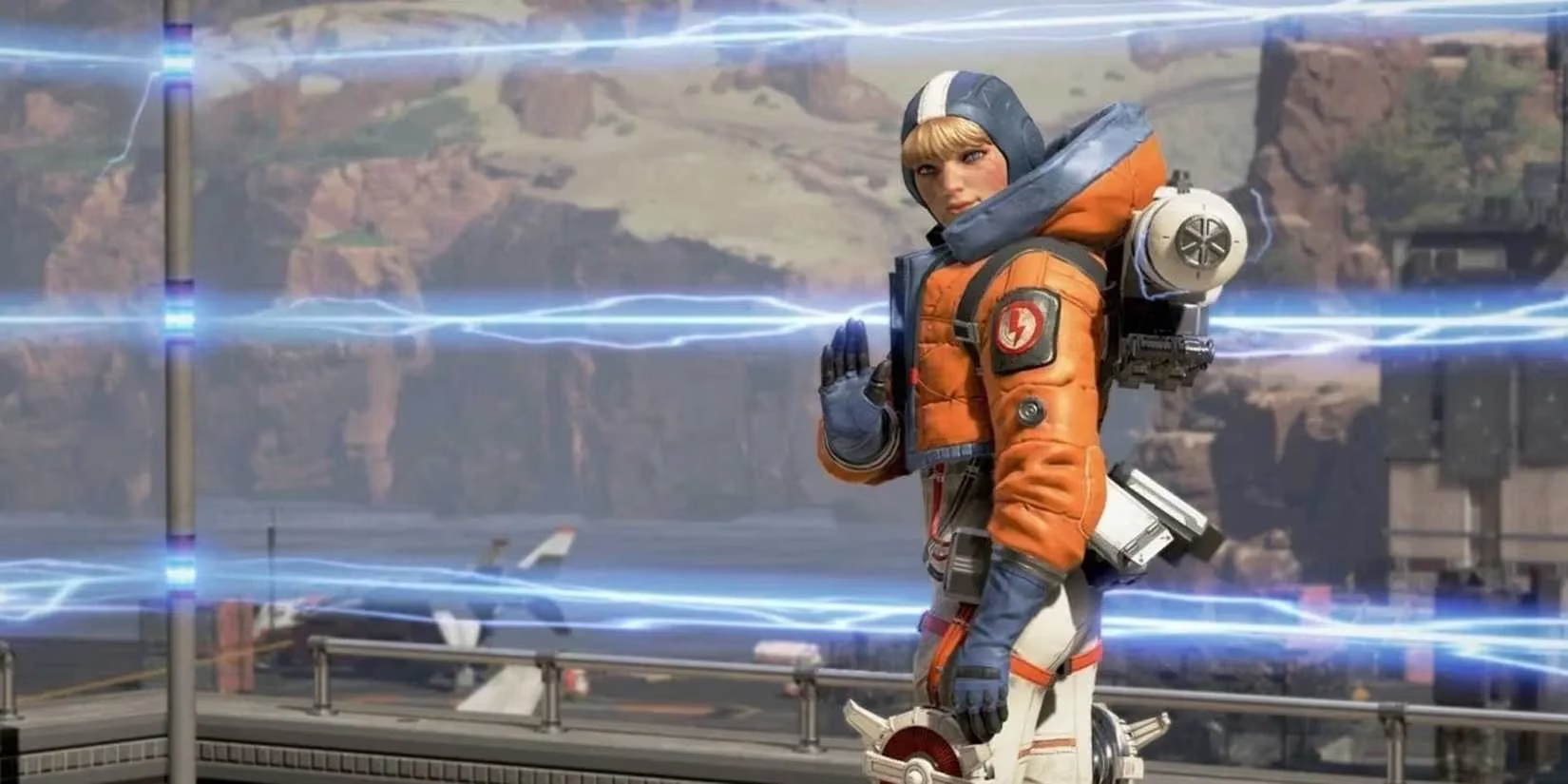
Respawn Entertainment's brilliant engineer demonstrates how autism manifests uniquely:
-
Stimming through rhythmic clapping
-
Auditory sensitivity (loud noises trigger distress)
-
Oscillates between hyperfocus and distraction like a quantum particle—simultaneously present and elsewhere
Her journey honoring her father's legacy makes her portrayal as intricate as a Swiss watch, each gear representing different ASD traits.
💡 Symmetra (Overwatch 2)
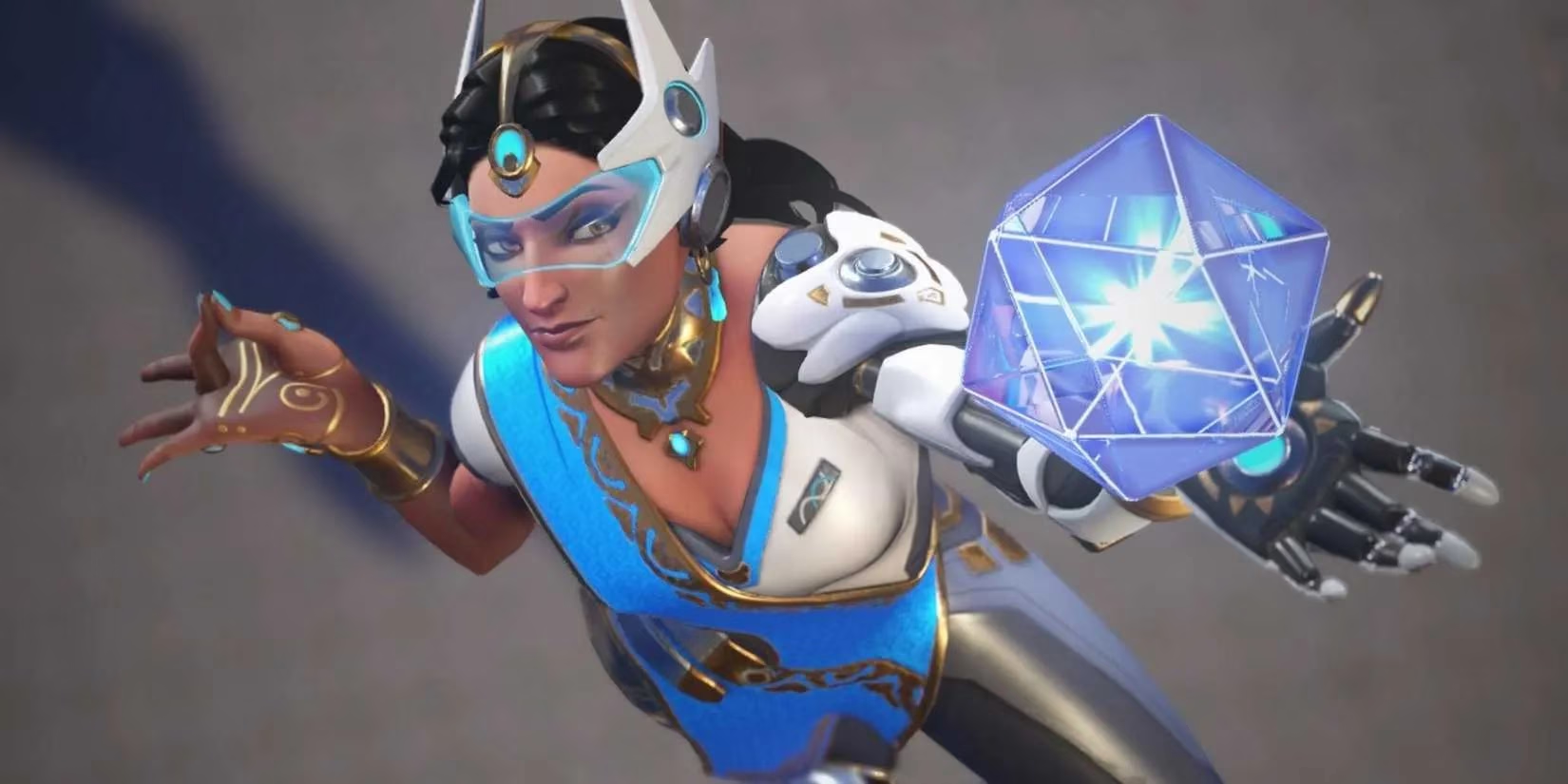
Jeff Kaplan confirmed this architect hero processes the world differently:
| Trait | Gameplay Manifestation |
|---|---|
| Need for order | Creates perfectly structured photon barriers |
| Sensory overload | Voice lines about chaotic environments |
| Social challenges | Story missions highlighting misunderstood intentions |
Her light-bending abilities metaphorically represent how autistic minds refract social interactions through unique prisms.
🌙 River (To The Moon)
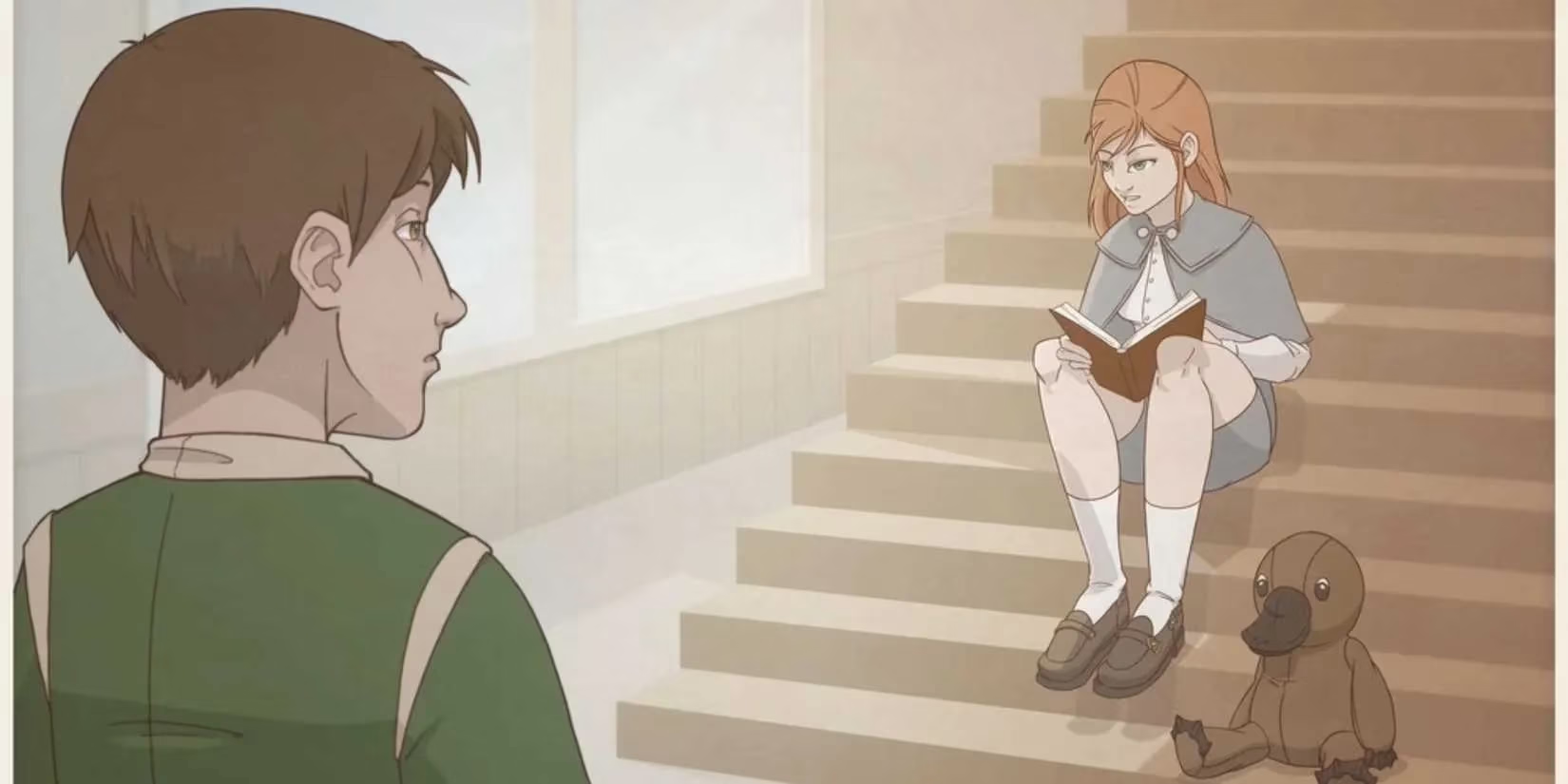
This indie darling's love story beautifully explores pervasive developmental disorder:
-
Uses Tony Attwood's real research as narrative foundation
-
Shows emotional reciprocity developing like slow-blooming night-blooming cereus flowers
-
Diagnosis scene modeled after actual ASD identification processes
🧪 Dr. Tannis (Borderlands)
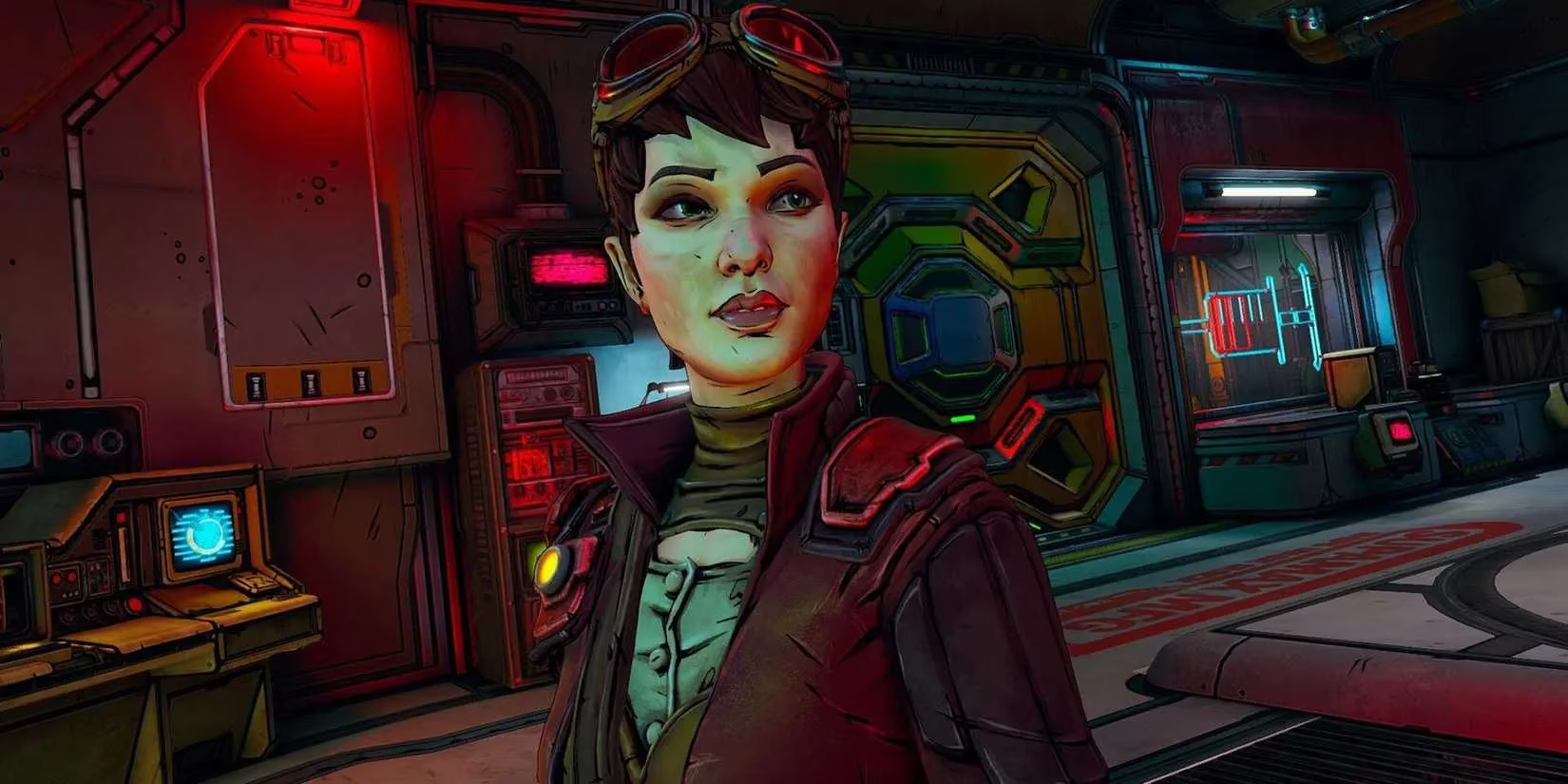
The franchise's intentionally unconventional researcher features:
-
Special interest hyperfixation on Eridian artifacts
-
Echolalia speech patterns
-
Social interactions as disjointed as a glitching hologram
❓ People Also Ask
- Why include autism in character development?
It builds emotional authenticity while reducing stigma—players gain understanding through interactive storytelling rather than clinical descriptions.
- Do these portrayals stereotype autistic people?
The best examples (like Cove Holden from Our Life) show spectrum diversity—Cove's personality adapts to player choices, proving ASD isn't monolithic.
- How accurate are gaming's ASD representations?
Developers increasingly consult neurodivergent communities. Amy's trauma-induced muteness reflects real comorbid PTSD experiences.
🔭 Future Outlook: Beyond Tokens
I dream of games where neurodivergent characters aren't exceptions but integral narrative anchors—protagonists whose ASD informs but doesn't limit their heroism. Imagine open-world adventures with sensory-friendly UI options or RPGs where social mechanics honor different communication styles. The industry stands at a watershed moment; by planting neurodiverse seeds today, we'll cultivate richer storytelling forests tomorrow. 🌳✨
💫 Hidden Gems Worth Discovering
-
Gin Ibushi (Your Turn to Die): Anxiety-soothing clothing mechanics mirror real comfort objects
-
Simone Cole (Jericho): Genius programmer showing OCD-ASD overlap
-
Brigid Tenenbaum (BioShock): Ken Levine's layered approach blending trauma, identity, and neurodivergence
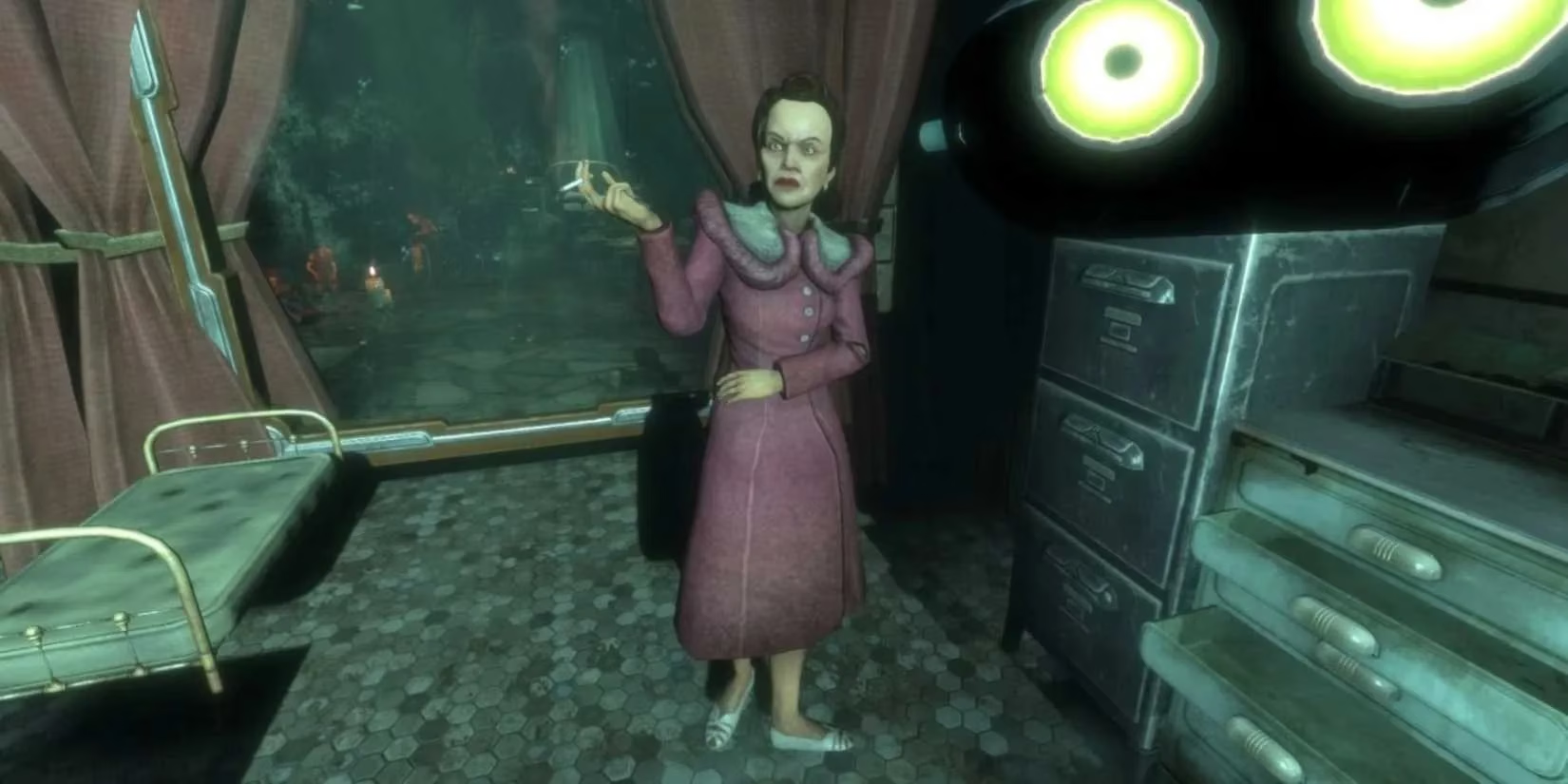
These characters form a constellation in gaming's night sky—each shining with distinct brilliance, collectively illuminating paths toward inclusive design. Their stories prove representation isn't just inclusion; it's liberation. 🕊️
Leave a Comment